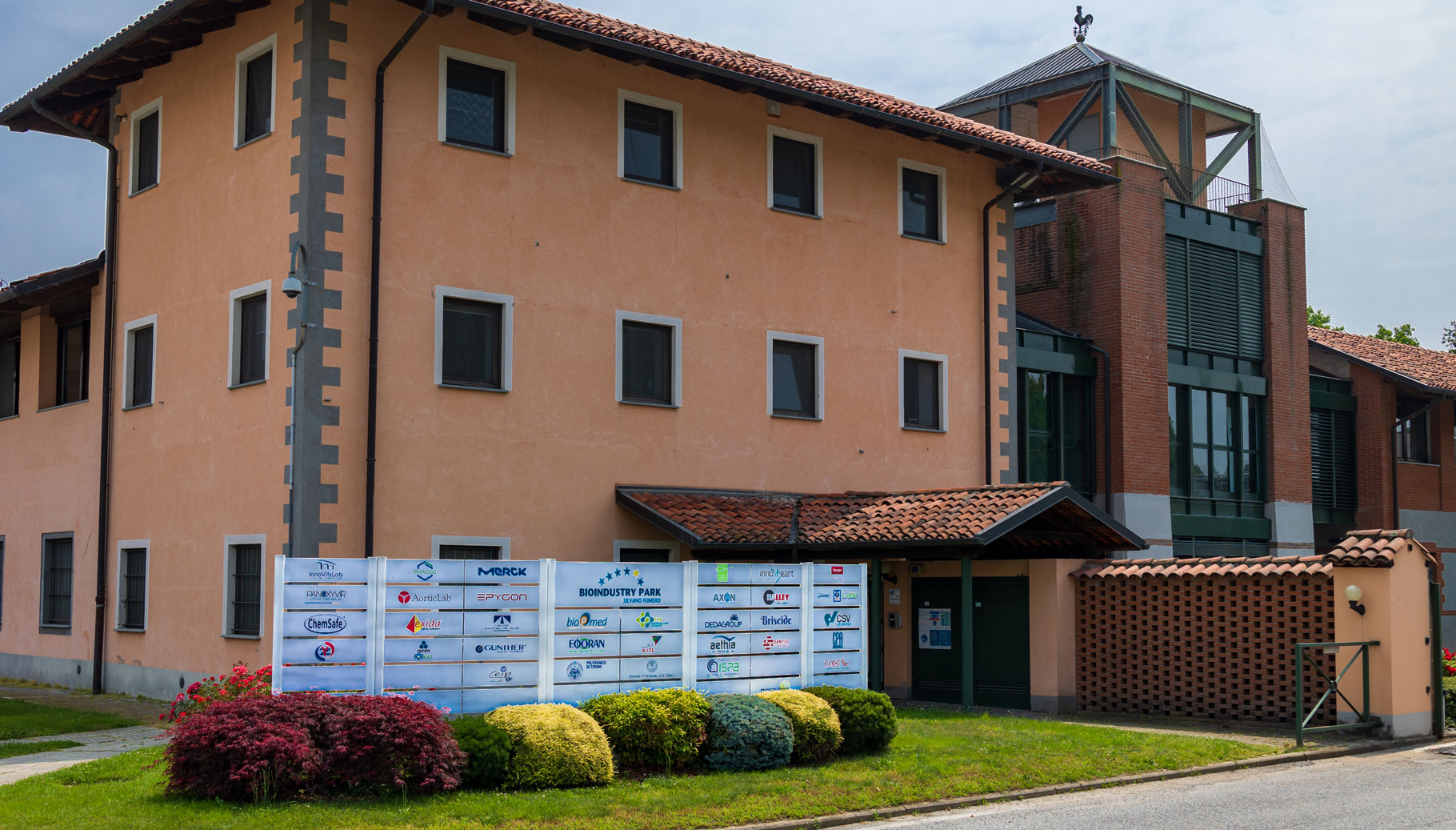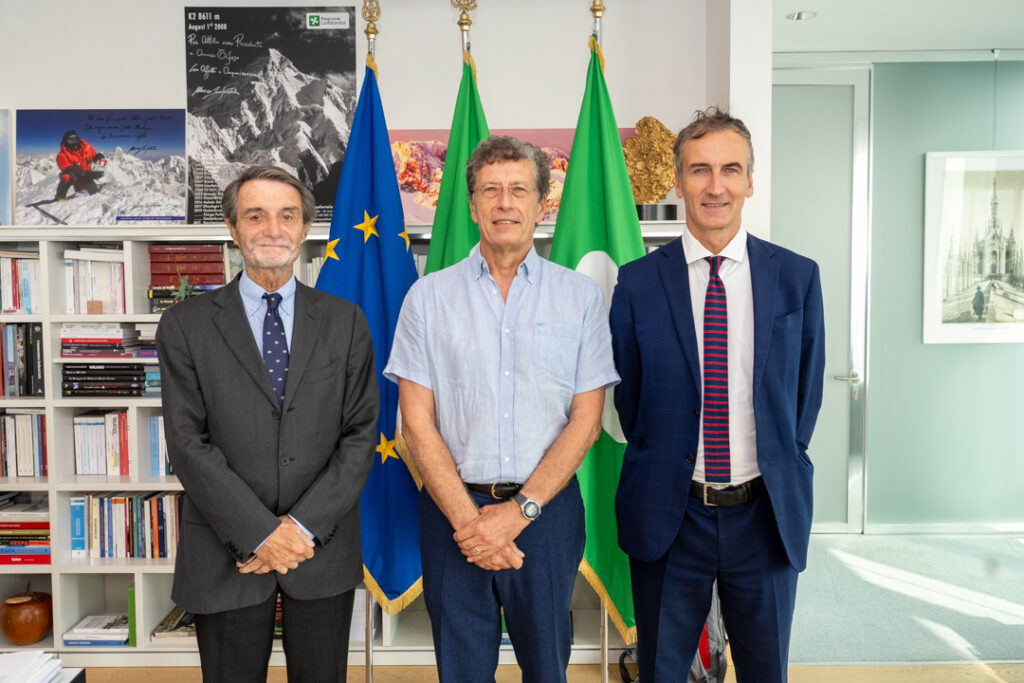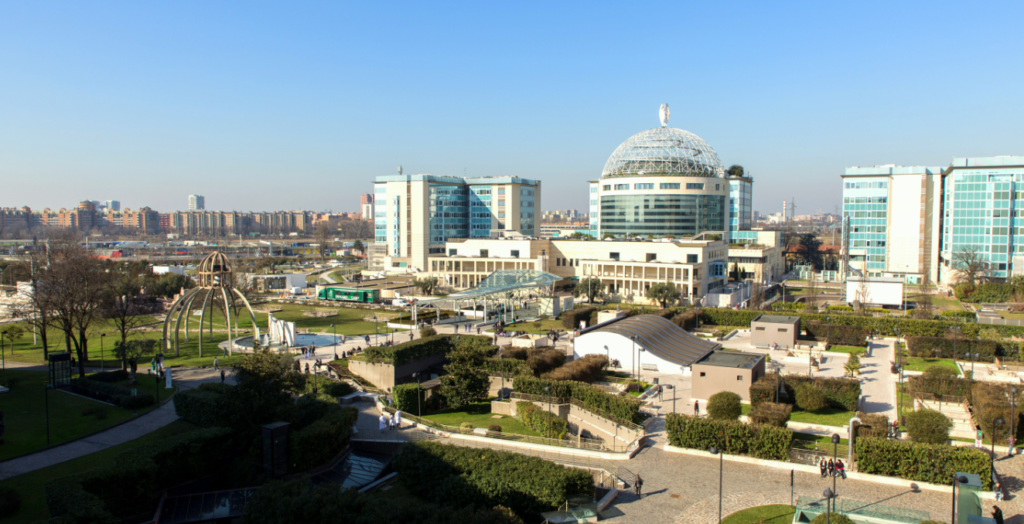2025 marks the 20th anniversary of HMGBiotech — a milestone that reflects two decades of innovation, collaboration, and dedication to advancing biomedical research.
To commemorate this important occasion, we sat down with Professor Marco E. Bianchi, Co-founder and Part-owner of HMGBiotech, to revisit the company’s origins, its pivotal moments, and the vision that continues to shape its success.


Professor Bianchi, could you tell us how the idea of creating a biotech company first came about?
Certainly. Let’s go back about twenty years — it was around 2005. At that time, many research groups were requesting materials from our academic lab, including proteins, DNA, and similar resources. As an academic laboratory, our only option was to spend time and energy producing these materials and shipping them to other labs, but we couldn’t charge for it.
This situation created a serious financial burden, as we had to allocate a significant portion of our research funding to support external groups. However, it was essential to provide standardized reference materials so that everyone could work consistently with the same molecules. That’s when it occurred to me that the simplest solution was to create a small company that could manage the accounting side and sell these materials. Selling them would solve a lot of problems.
Of course, once you sell a material, you relinquish any intellectual, emotional, or moral ownership — but that didn’t bother me. Back in 2005, we estimated that the lab was spending around 30,000 euros a year on materials for other groups — a considerable amount!

How did HMGBiotech actually get off the ground?
We decided to establish the company — HMGBiotech — with support from an external investor, Creabilis Therapeutics, founded by Silvano Fumero at the Ivrea Science Park. Creabilis offered to become a majority shareholder with about 70% of the shares. Through this investment, they provided a shareholder loan to HMGBiotech that allowed us to launch the company and start operations.
Having the company associated with the academic lab proved highly beneficial. Initially, we set up the company’s office in a separate location at the Monzino campus, but we quickly realized that it was more cost-effective — and practical — to be close to the lab. This way, we could talk things through over a coffee rather than having to drive around.
Could you share a bit about how the ownership evolved over time?
At some point, Creabilis ran into its own challenges and decided that managing HMGBiotech was no longer aligned with their primary business. Generously, they offered me their shares, making me the sole owner of HMGBiotech. I held 100% ownership for a year or two, but quickly realized that this was unsustainable — my main role was as a university professor, after all. So, I found new partners to share the journey, and I’m still very grateful to Creabilis for their generosity. Silvano Fumero unfortunately passed away shortly after; he was an exceptional person who played a crucial role in launching the Ivrea Science Park.
Another important milestone was our participation in European projects. These required biotech companies with real, tangible activities — something HMGBiotech was able to provide. This gave us not only financial support but also visibility and valuable collaborations.
Having the company also allowed us to be more agile. Whenever the academic lab couldn’t acquire something through university channels, HMGBiotech could step in and purchase it. While this does cost the company, the price of not getting things done is often much higher.

Has HMGBiotech brought you any particular satisfaction?
Absolutely. About 30% of the lab’s work has been possible thanks to the existence of the company, both through the resources it provides and the collaborative opportunities it generates. HMGBiotech has also served as a “safety net,” stepping in whenever other channels failed — for example, there was a time when the San Raffaele lab couldn’t even afford basic plasticware, and HMGBiotech was able to help them continue their work.

What were some of the key milestones that contributed to HMGBiotech’s growth?
One of the first milestones was hiring our first employee, Grazisa Rossetti, who now works at IFOM in Dr. Pagani’s lab. She was essential in the early days, handling everything and sometimes traveling between Ivrea and Milan to solve problems. She worked about 90% of the time in Milan and 10% in Ivrea.
Are there any regrets or goals that HMGBiotech has not yet achieved?
One regret is that we haven’t fully leveraged our intellectual property. We would have needed someone dedicated to business development, but that’s a skillset we haven’t been able to find or afford. Business development professionals have historically been scarce in Italy, and we simply haven’t managed to bring one on board. I wish we could have done more in that area — but we’ve done what we could with the resources we had.
In conclusion…
This interview with Professor Bianchi not only celebrates HMGBiotech’s 20-year journey but also highlights the challenges and the milestones along the way. We extend our gratitude to all who have contributed to HMGBiotech’s success and look forward to the continued growth of the company in the years to come.


